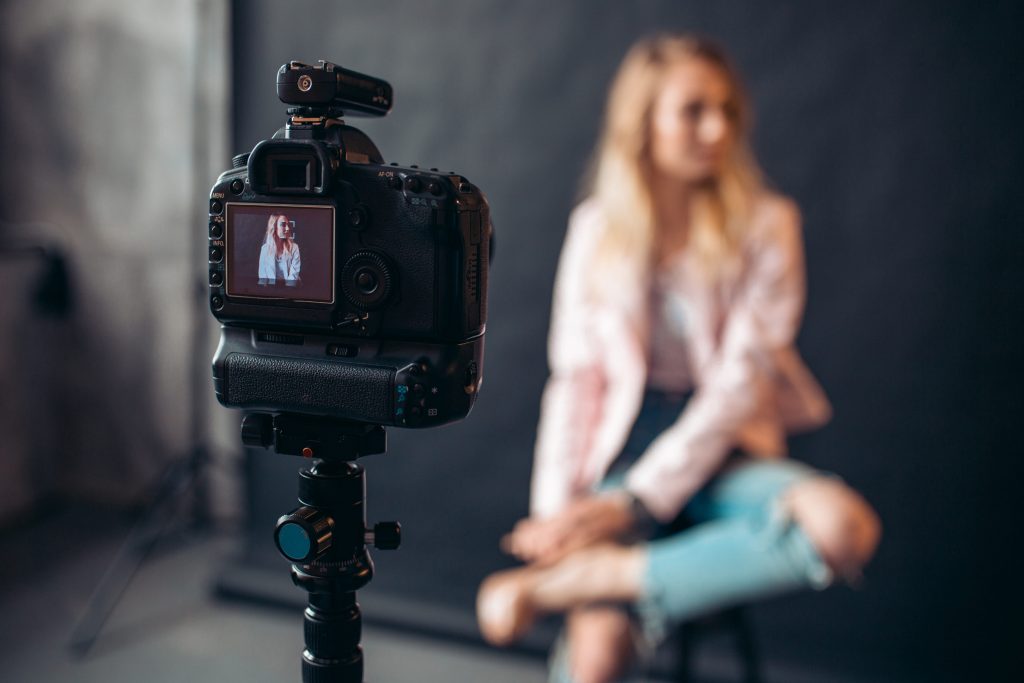How to Create Your Best Self Tape Setup
Many casting offices no longer call in actors for “pre-read” auditions. Instead, they request self-tape submissions as the first step in the casting process. Some actors opt to hire a production company to shoot their auditions. But if you’re receiving frequent invitations to submit self-tapes, this option can become costly. And if your agent asks for a quick turnaround, there may not be enough time to visit a self-tape studio.
Setting up a self-tape studio at home, however, avoids these challenges. In your own home studio, you get unlimited time and takes as well as the flexibility to shoot self-tapes at a moment’s notice. Whether you’re new to the idea or interested in improving what you already have, consider the following tips on how to tailor the basic components of a self-tape setup to meet your needs.
Camera:
Casting wants to see you clearly so regardless of what kind of recording device you’re using—a smartphone or a camera—make sure you know how to keep it in focus. Don’t be the person who finishes a fantastic take only to realize it’s blurry. If you’re using a smartphone, keep in mind that many smartphones have the ability to shoot in 4K. Check your model to see if that’s an option before shooting.
If you want to invest in a camera for your setup, you can find affordable options that shoot high-quality video for around $500, such as this one from Panasonic. Those with bigger budgets can consider cameras at a higher price point, like this option from Canon. Research a variety of choices in your price range to make sure you’re getting the best fit for your needs.
Tripod:
Tripods are essential. They prevent shaky video and provide a stable base for your recording device. Fortunately, they’re fairly inexpensive. You can find a perfectly good option for around $20, such as this one from AmazonBasics. It’s important to factor in your height when purchasing a tripod, so check to make sure its fully-extended length is adequate. Those shooting with smartphones can find a variety of inexpensive options for tripod attachments. And if you want to invest in a high-quality tripod, there are a number of options available, all with additional features, such as this one from Vanguard.
Lighting:
Proper lighting ensures that your performance translates on camera. One of the more affordable options here is a ring light. It will often come with its own smartphone attachment, as with this option. This will cut the need of having to purchase a tripod separately—a plus for those working with a smaller budget. If you have the space for it and want to invest in a full studio light kit like this one, it will go a long way to providing a professional-quality look for your video.
Sound:
Clear audio is paramount to any self-tape video. To that end, it’s critical to add an external microphone to your setup for optimal audio quality rather than relying on the in-built mic in your smartphone or camera. For smartphones, there are various cost-effective audio options, such as the Rode microphone by Apple. You can also find a shotgun mic for your camera that won’t break the bank, like this one from Takstar. Do your research, though, and make sure the one you choose is compatible with your camera.
Background:
Your background needs to be a plain, solid color so that casting can focus on you and your performance. The most inexpensive route here is to find a blank wall in your home and use that as your background. If that’s not possible, you can rig a sheet or a blanket to hang in a way that fills the camera frame and provides a plain background. Purchasing a low-cost backdrop frame like this one will save you the trouble. You may also want to spring for at least one universal backdrop like this option in a color that works for both comedic and dramatic scenes.
With a bit of investment, even on a budget, and resourcefulness, you can take the leap to creating your own in-home self-tape studio or improve on the one you already have. Before making any purchases, do your research and determine what kind of equipment works best for you. Once you’ve created your preferred setup, just add a reader, and you’ll be good to go for all the self-tape requests coming your way this episodic season.
Follow us on Facebook, Twitter, and Instagram for breaking industry news and exclusive offers!




